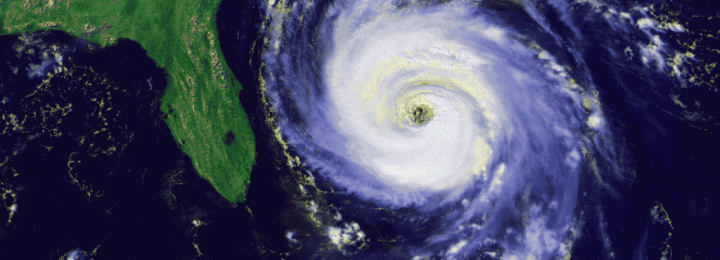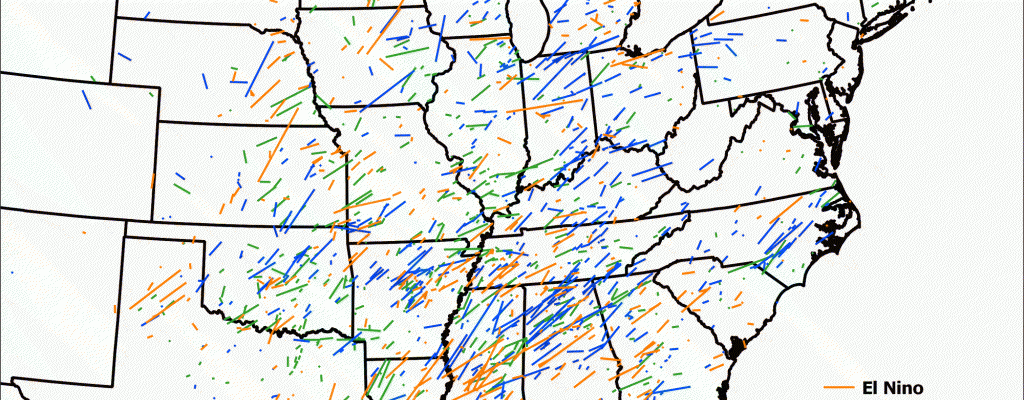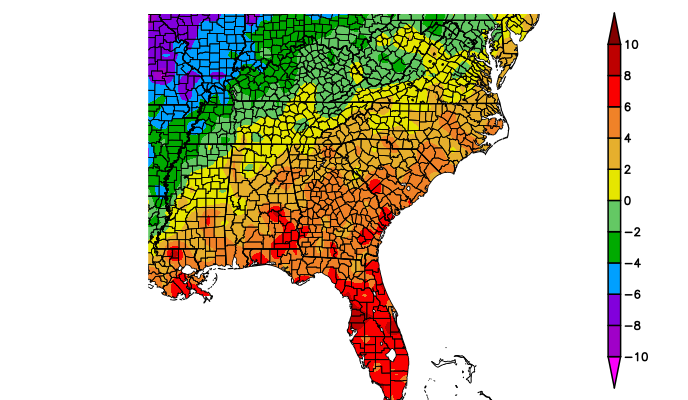El Nino and La Nina
-

The first of several tropical storm forecasts for the 2018 Atlantic hurricane season was released today by Colorado State University. It shows that they expect a slightly greater than normal number of storms and probability of making landfall in the US based on the weakening La Niña and ocean temperatures that are above normal in…
-

Every month I post maps and links to the latest seasonal forecasts from NOAA’s Climate Prediction Center. Most of you read them, and some of you even believe them. Here in the Southeast we generally have a better chance of skill because our winter climate is tied to the ENSO phase (currently coming out of…
-

According to an analysis of tornadoes by ENSO phase, a year with a La Niña present is more likely to have tornadoes in northern and western parts of the Southeast, while a year with an El Niño is likely to have more tornadoes in southern Alabama, Georgia and Florida. Since we are currently in a…
-

With just a couple of days to go until the end of the winter season, it’s pretty clear that in spite of some very cold weather, the warm conditions in early December and in most of February are going to result in warmer and drier conditions for the winter, just as we expected with La…
-

The climate for the first half of February 2018 in the Southeast shows warm conditions across most of the region, especially in the southern areas. Quite a change from January! Wet conditions are apparent in the northern sections, but drier than normal conditions are present in the Florida peninsula and along the Atlantic coast. This…
-

The latest ENSO diagnostic discussion released today shows that La Niña conditions are continuing in the eastern Pacific Ocean but are expected to return to neutral conditions in the next few months. At this time it is suggesting that we may switch to an El Niño next winter, but spring forecasts are not considered very…
Posted in: El Nino and La Nina -

Right now we are in the middle of the second winter of a “double-dip” La Niña. That means that for two winters in a row we have been in La Niña, with neutral conditions in between but no El Niño. This is not that unusual, and we have had several since the 1950s when modern…